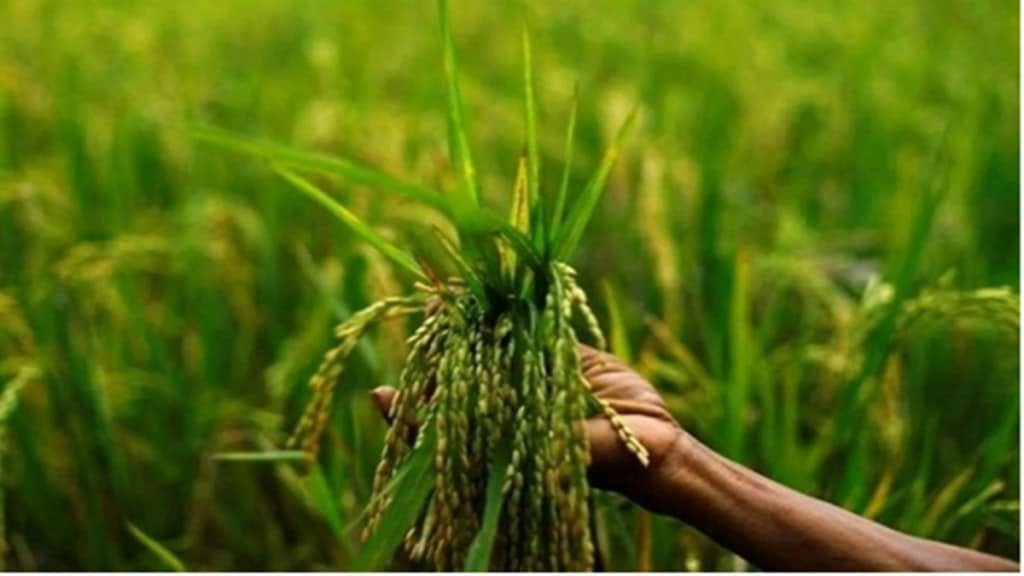The rural sentiment is very positive and activity is higher than pre-pandemic period. With the kind of support that was announced in the Union Budget, the rural spending will only increase, says Ramesh Iyer, vice-chairman & MD, M&M Financial Services, in an interview to Shashank Didmishe. Excerpts:
What is the outlook on loan growth going ahead?
Each quarter in FY23 so far has been phenomenally a good one for the company. We are at Rs 14,000 crore in disbursements. I personally think that the rural sentiment is very positive at the back of farm cashflow and good infrastructure opening up.
Also read: Unchanged stance: RBI keeps its options open
Everything is back to the pre-pandemic level or even better.
We are clearly seeing the demand, the footfall at the dealership is high and vehicle upgradation is also happening. It means that both, people aspiration and cashflow, are doing well. We believe that the disbursement growth will continue. Typically after a big festival, one would see a little subdued approach, but clearly it is a growth trajectory.
How long do you expect the provision reversal effect to continue?
If you look at the Q1FY22, we had a very high provision because of the pandemic. Then we said that once the market opens up and activity begins to run and you will see a reversal. If you see the business is good you can be rest assured collections will be good. Our collection efficiencies, have been upward of 95-96%, which means the forward flow is not happening. So when no new NPAs are coming and you are able to recover from your existing NPA customer, then you see this reversing trend.
Has your employee cost gone up for this quarter?
On staff costs, we transferred a lot of outsourced employees to our payroll after the Reserve Bank of India (RBI) order. So, other expenses has come down and employee cost has gone up.
Can you provide guidance on NIM?
We have already borrowed sufficiently for long-term requirements. Even though overall interest in the market went up by 200 basis points (bps), our interest rate has gone up only by 60-70 bps.
Also read: CBDT revises norms for processing of equalisation levy
We have also increased our lending rate last quarter by almost that quantum.
Therefore, we are well protected. Now, let us say in this policy, repo rate may go up by another 25 bps, which we may not be able to immediately pass on.
But our belief is that in the next two quarters, policy rates might start to come down. So, 7.5% level of NIM is maintainable. Also, we have got a ‘AAA’ rating from Crisil, so our cost on market instrument can come down by 20 bps.
Will it mean that you will increase reliance on market borrowings?
We will not increase it. The current borrowing composition will be the same.
Can you give your views on RBI paper on securitisation of stressed assets?
My view is that if the borrower is available for discussion and the assets are available to be taken back for transacting, then that we may not want to securitise those because then you yourself can recover that amount. Now, there is a certain customer base where a lot of follow-up and legal cost is required, where cost and effort is very high. We may securitise these accounts at negotiated price.
There was a lot of push on agri-credit in the budget. How do you see rural demand shaping up?
I have always felt that for the next three years it is going to be rural boom. Fortunately, the monsoon has been very supportive. Plus, all activities are at its peak. Therefore the rural prosperity is very high. Now with this kind of support in the Budget, it will only create further demand. So next three years, it is going to be a great rural story.
Will this story be impacted by the probable global recession?
During the recessionary trends, it is aspirational product which gets impacted. For example tractor is a need based product, so if the the monsoon is good, people will want to buy. There could be some delay in buying, it will not amount to cancellation of the purchase. Besides, India probably may not be as impacted is the general consensus.

